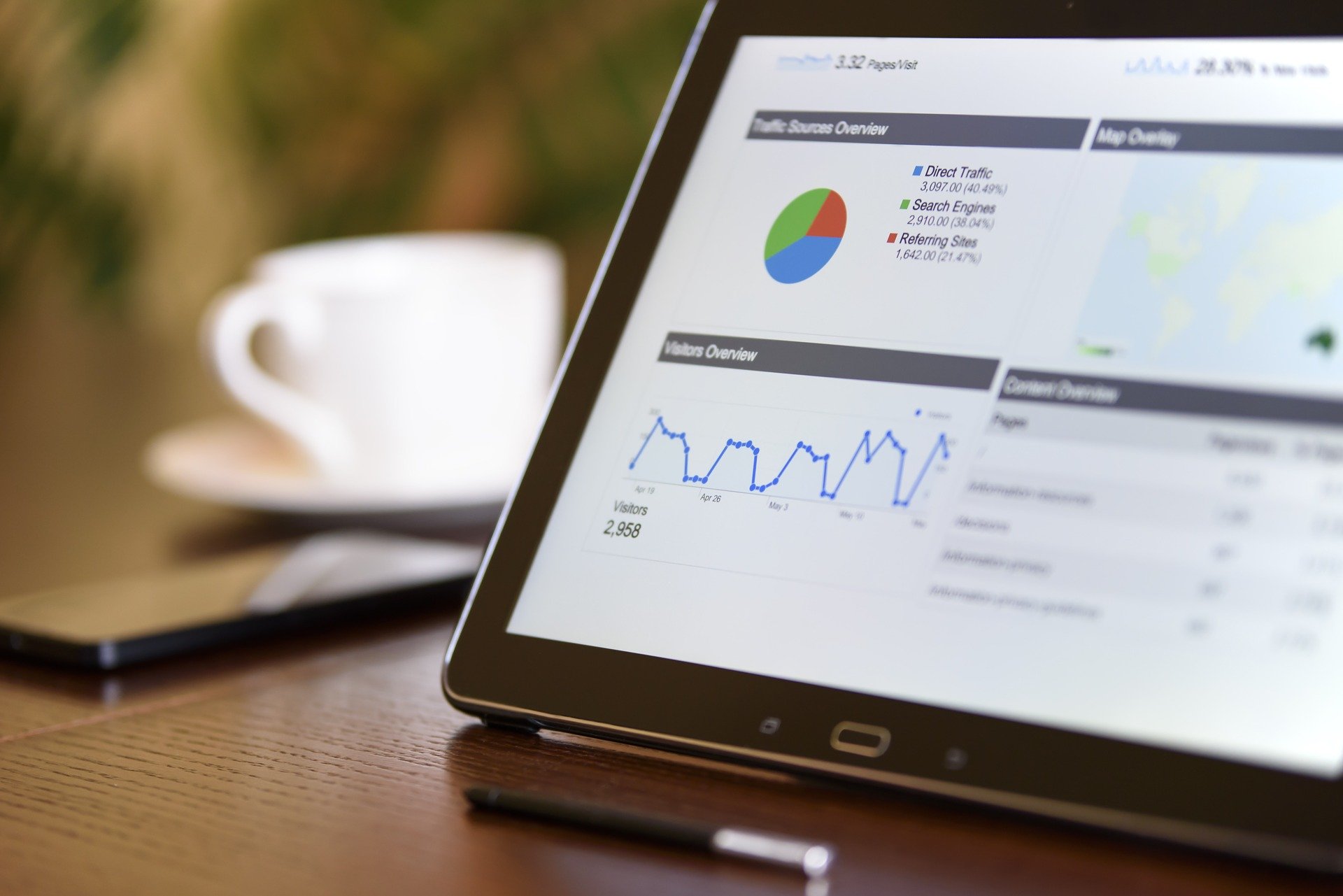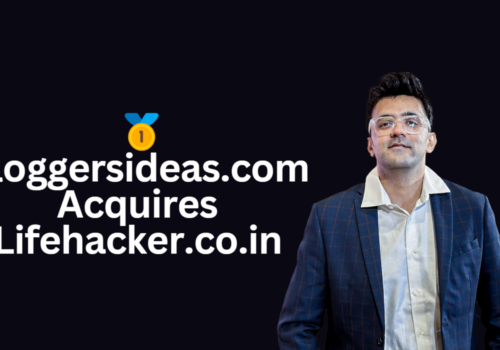In This Post, We’ll Talk About How To Do Marketing For B2B Startups
Marketing for B2B businesses frequently appears constrained and less “fun” compared to wacky ad campaigns for B2C. While it is more “serious” in most circumstances, it is not restricted in any way. It’s simply a different type of game.
The B2B audience is smaller and more easily segmented. As a consequence, B2B marketers may develop a highly focused message and expect significantly higher campaign conversion rates.
Furthermore, the importance of the solutions offered in the B2B business makes customers more demanding and comprehensive, not just of you but also of your competitors.
You’ll have a major advantage in the game if you can differentiate yourself in the area that matters most to your clients.
Inbound and outbound leads are the two primary types of leads. Every marketer wants inbound leads since they occur when a consumer approaches you and is generally in the contemplation or buy stage of the funnel.
This sort of marketing necessitates a significant expenditure in the early phases of the buyer’s journey in order to raise awareness among potential buyers who are unfamiliar with your products.
This is a typical strategy for niche markets, where there are a limited number of potential clients who must be fostered individually.

We’ll go through a few strategies for attracting both inbound and outbound leads for B2B companies.
How To Do Marketing For B2B Startups?
Step 1: Identify Your Ideal Consumer
You should know who you’re talking to before you write a message. Set up a whiteboard in a conference room and discuss everything that makes a successful customer (good being defined as high LTV, high margin, and fast sales cycle).
Then, zoom in on the customer’s demographic profile.

Is she a businesswoman or a techie? What age group do they belong to? What type of schooling did they get? What is their job title, and what function do they play in the decision-making process?
This is a process that will continue to improve, but the more you know from the start, the better you will be able to target them.
If you’re targeting CEOs, you can get this information on LinkedIn, their business sites, CrunchBase, and, of course, your sales team if they’ve previously spoken with customers.
You may wind up having many profiles, such as the target user and the decision maker.
Step 2: Determine Which Channels Are Appropriate
After you’ve created a basic profile of your target consumer, you’ll need to figure out how they prefer to learn about items and services similar to yours.
For example, people may spend some time on Facebook every day, but if they want to save this time for family and friends, using it for business purposes may not be the best choice.
“Where did you get information about similar products up to now?” “How often do you Google similar solutions?” “What are the top brands in that area that come to mind, and when was the last time they came across your way?” “Which events do you attend?” “What are the top brands in that area that come to mind, and where was the last time they came across your way?” “Do you read any periodicals or blogs?” and so on.
They may be found on LinkedIn, through your network, and at industry events such as conferences and trade shows.
If you require knowledge of their firms’ technology without speaking to them, there are various tools available. Clearbit and BuiltWith, for example, may assist you in compiling a list of organizations that utilize Intercom or Stripe, among other services.
Step 3: Alternate Between Short-term Outward and Long-term Inbound Activities
Outbound communication is typically quicker and easier, but it is also more intrusive and has lower conversion rates. Because inbound marketing takes time to develop, you must be committed to seeing results.
You should balance a mix of actions for both outgoing and inbound activities at each stage of your startup’s existence, starting with outbound for faster results and gradually increasing the inbound portion as time goes on.
When Should I Begin My Marketing Campaign?
The response to this question is always the same: yesterday. Early on, marketing can assist you in identifying the main characteristics you’ll need to incorporate into your product to achieve product-market fit.
It’s a way to spread the word about the wonderful product you’ve built in the early stages, and later on, you’ll utilize marketing to interact with your consumers, give more value, and keep them satisfied.
Marketing is a science as well as an art. Experimentation and rapid choices based on user behavior data ensure that every dollar spent on marketing is quadrupled in the long run.
FAQs
🎯 What are the first steps in marketing for B2B startups?
Start by clearly defining your target market and understanding their needs. Then, craft a unique value proposition that sets you apart from competitors.
🤝 How can B2B startups build strong relationships with their clients?
Focus on delivering exceptional customer service, provide educational content, and maintain regular, transparent communication to build trust and loyalty.
📊 Which metrics are crucial for B2B startup marketing success?
Key metrics include lead conversion rates, customer acquisition cost, lifetime value of a customer, and engagement rates on your marketing channels.
💡 What role does content marketing play in B2B strategies?
Content marketing helps establish your brand as a thought leader, educates your target audience, and drives leads through inbound marketing strategies.
🌐 How important is digital marketing for B2B startups?
Digital marketing is crucial for reaching and engaging with a modern audience efficiently, tracking results, and optimizing strategies for better outcomes.
🤖 Can automation tools enhance B2B marketing efforts?
Yes, automation tools can streamline repetitive tasks, nurture leads effectively, and ensure timely engagements, allowing for more personalized marketing efforts.
Quick Links:
- Tips For Accurately Pricing Your Startup’s Product & Services
- Best B2B Marketing Blogs One Should Be Reading
- Best B2B SaaS Companies In The World Right Now
- B2B Content Development: How to Create Content That Converts
Conclusion: What’s Next for Marketing Your B2B Startup?
Marketing your B2B startup is all about connecting, engaging, and solving problems. Start by understanding your audience deeply and offering them solutions that genuinely help.
Use social media, email campaigns, and networking events to build relationships. Remember, trust is key. Keep experimenting with different strategies and listen to your customer’s feedback to improve.
Ultimately, your goal is to become a trusted partner, not just a vendor.
With patience and persistence, your startup can grow into a well-known name in the B2B world. Keep pushing forward!





